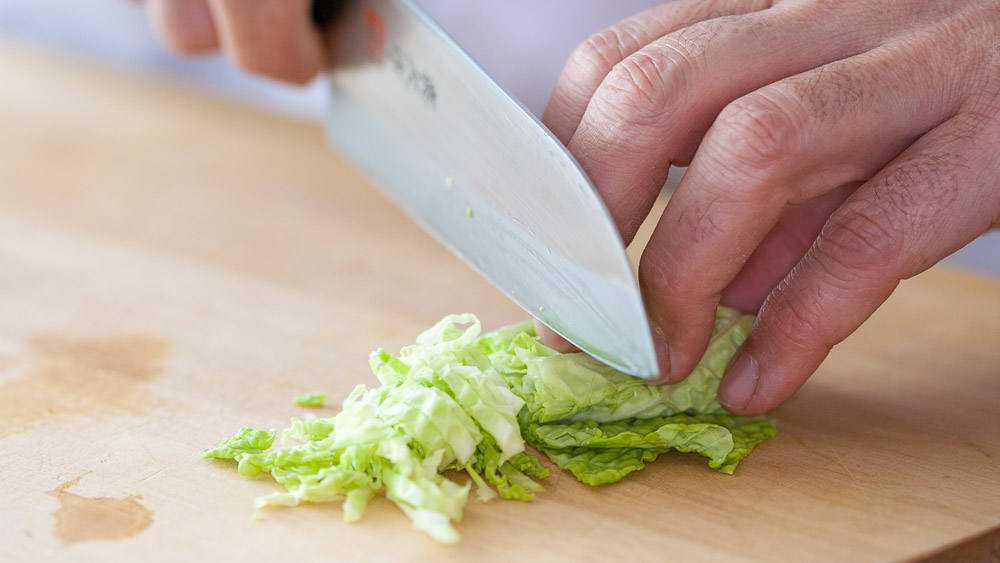
Barbecue enthusiasts know that handling knives is an essential part of creating the perfect grill experience. From cutting meat to slicing vegetables, knives are indispensable. However, accidents happen. This article focuses on how to treat a cut from a knife effectively and quickly to ensure that your BBQ adventure doesnt turn into a medical emergency.

Immediate Steps After a Knife Cut
When you suffer a knife cut, its crucial to act swiftly. First, remain calm. Panicking can increase your heart rate, leading to more blood loss. Here's what to do immediately:
- Clean the Wound: Rinse the cut under cool running water to remove any dirt or debris.
- Apply Pressure: Use a clean cloth or gauze to apply pressure to the wound to stop the bleeding.

Assessing the Severity of the Cut
Not all cuts are the same. Some may require more than just basic first aid. Heres what you need to assess:
- Depth: If you can see fat, muscle, or bone, or the bleeding doesnt stop after a few minutes of pressure, seek medical attention.
- Location:If the cut is on a joint or other critical area, it might need stitches.

Bandaging the Wound
Once the bleeding has stopped, bandage the wound to keep it clean and protected. Heres how:
- Dry the Area: Pat the wound and surrounding area dry with a clean cloth.
- Apply an Antibiotic Ointment: This helps to prevent infection.
- Use a Sterile Bandage: Ensure the bandage completely covers the wound and stays in place.

Changing the Bandage
Its important to change the bandage regularly to keep the wound clean. Follow these steps:
- Wash Your Hands: Always start with clean hands.
- Remove the Old Bandage: Do this gently to avoid reopening the wound.
- Clean the Wound: Rinse with cool water and apply fresh antibiotic ointment.
- Re-bandage: Use a clean, sterile bandage each time.
When to Seek Medical Attention
Sometimes home care isnt enough. Seek medical attention if:
- Persistent Bleeding: The cut continues to bleed after 10 minutes of pressure.
- Signs of Infection: Redness, swelling, pus, or increased pain indicate an infection.
- Difficulty Moving the Affected Area: If the cut is on a finger or hand and youre having trouble moving it, see a doctor right away.
Essential First Aid Kit for BBQ Enthusiasts
An essential part of being prepared is having a well-stocked first aid kit. Heres what every BBQ enthusiast should have:
- Antiseptic Wipes: For cleaning cuts and scrapes.
- Bandages in Various Sizes: To cover and protect wounds.
- Antibiotic Ointment: To prevent infections.
- Gauze Pads and Tape: For larger cuts.
- Disposable Gloves: To maintain hygiene while treating wounds.
Precautionary Measures to Avoid Knife Injuries
Prevention is better than cure. Here are some tips to avoid knife injuries while enjoying your BBQ:
- Keep Knives Sharp: Sharp knives are safer than dull ones because they require less force to cut.
- Use a Proper Cutting Board: Ensure its stable and doesnt slip.
- Pay Attention: Avoid distractions while cutting.
Conclusion
While knife injuries are common in the kitchen and during BBQ preparation, they can be managed effectively with prompt and proper first aid. Keep calm, act quickly, and know when to seek professional help. With the right knowledge and tools, you can ensure that your BBQ sessions remain safe and enjoyable. For more tips on handling knives and safety, check out this guide on safely cutting fruits and vegetables.
FAQs
What should I do if the cut gets infected?
Seek immediate medical attention if you notice signs of infection such as redness, swelling, pus, or increased pain.
How do I know if a cut needs stitches?
If the cut is deep, won't stop bleeding, or if you can see fat, muscle, or bone, seek medical attention as it may need stitches.
Can I use household items to stop bleeding?
Yes, clean cloth or gauze can be used to apply pressure and stop the bleeding. However, ensure that whatever you use is clean to avoid infection.
As an Amazon Associate, I earn from qualifying purchases.



